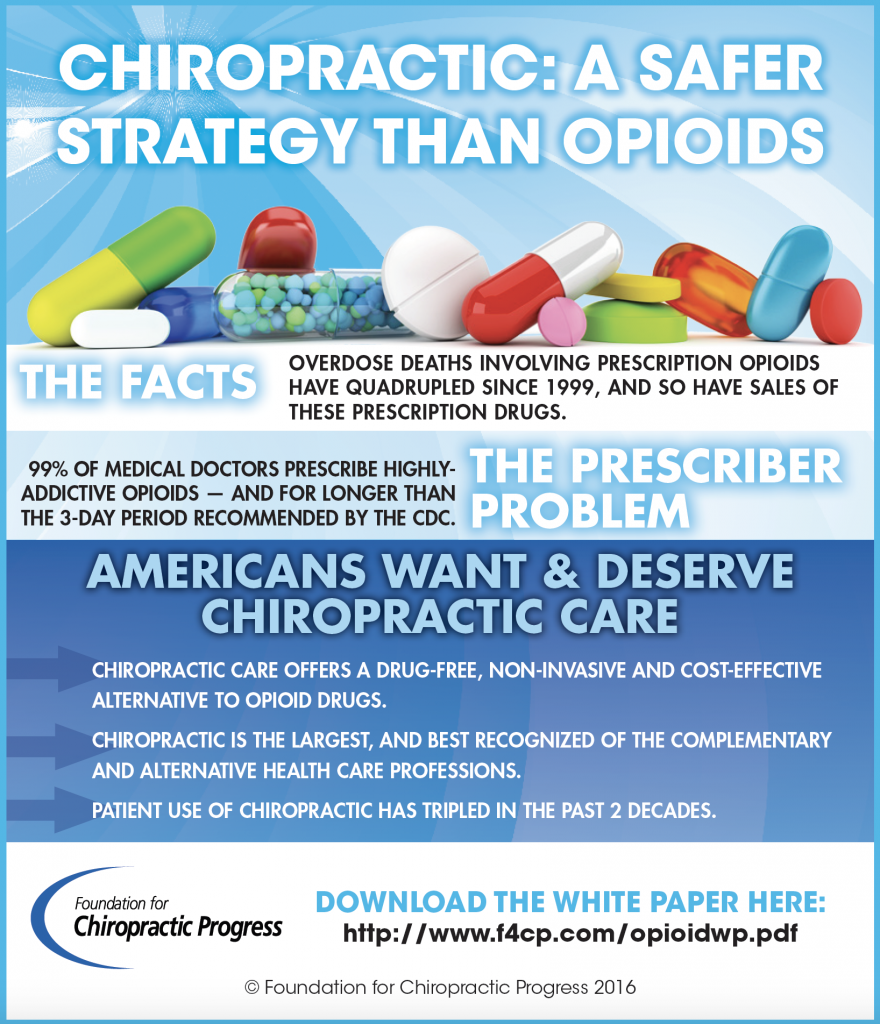Be Prepared To Unravel The Interesting Mobile Interactions Associated With Cold Laser Therapy And Its Use Of Light For The Objective Of Healing. Engage On Your Own Better Into The Realm Of Scientific Research!
Be Prepared To Unravel The Interesting Mobile Interactions Associated With Cold Laser Therapy And Its Use Of Light For The Objective Of Healing. Engage On Your Own Better Into The Realm Of Scientific Research!
Blog Article
Short Article Composed By-Bendix Bartlett
You may have become aware of cold laser treatment as an encouraging therapy choice for different problems, but have you ever before asked yourself how it really deals with a mobile degree? Recognizing the systems behind this therapy can shed light on its performance in advertising healing and reducing swelling. By checking out the scientific research behind cold laser treatment, you'll get insights into the interesting methods which light can influence cellular processes and help with tissue repair service.
Exactly How Cold Laser Treatment Works
To comprehend how cold laser treatment works, you need to comprehend the fundamental principles of exactly how light power engages with organic cells. Cold laser treatment, also known as low-level laser therapy (LLLT), makes use of certain wavelengths of light to penetrate the skin and target hidden tissues. Unlike the intense lasers used in surgeries, cold lasers give off low levels of light that don't create heat or create damages to the cells.
When these mild light waves reach the cells, they're taken in by parts called chromophores, such as cytochrome c oxidase in mitochondria. This absorption sets off a collection of biological responses, including boosted mobile energy production and the launch of nitric oxide, which boosts blood circulation and minimizes inflammation.
Moreover, please click the next site can additionally boost the production of adenosine triphosphate (ATP), the power currency of cells, assisting in mobile repair work and regeneration procedures.
Basically, cold laser treatment utilizes the power of light power to promote healing and relieve pain in a non-invasive and gentle fashion.
Systems of Action
Just how does cold laser treatment in fact function to generate its therapeutic results on organic cells?
Cold laser therapy, also called low-level laser treatment (LLLT), operates through a procedure called photobiomodulation. When relevant resource site is applied to the skin, the light energy penetrates the cells and is soaked up by chromophores within the cells.
These chromophores, such as cytochrome c oxidase in the mitochondria, are after that promoted by the light energy, causing a cascade of organic reactions. One crucial system of action is the improvement of mobile metabolism.
The soaked up light energy increases ATP production in the mitochondria, which is important for cellular feature and repair. Additionally, cold laser therapy aids to minimize inflammation by hindering inflammatory arbitrators and advertising the release of anti-inflammatory cytokines.
This anti-inflammatory result contributes to discomfort relief and cells recovery.
Restorative Results
Comprehending the healing results of cold laser therapy includes recognizing how the boosted cellular metabolism and anti-inflammatory buildings contribute to its favorable outcomes on organic tissues.
When the cold laser is related to the afflicted location, it boosts the mitochondria within the cells, resulting in boosted manufacturing of adenosine triphosphate (ATP), which is critical for cellular feature and repair service. This boost in cellular energy increases the recovery procedure by promoting cells regrowth and decreasing inflammation.
Furthermore, the anti-inflammatory residential properties of cold laser therapy assistance to decrease pain and swelling in the targeted location. By hindering inflammatory mediators and promoting the release of anti-inflammatory cytokines, cold laser therapy aids in minimizing pain and improving the overall healing reaction.
This decrease in swelling not just gives instant relief however also sustains long-lasting tissue repair.
Conclusion
Finally, cold laser therapy works by boosting mobile repair service and tissue regrowth through photobiomodulation. Its anti-inflammatory residential or commercial properties offer discomfort alleviation and minimize swelling by inhibiting inflammatory arbitrators.
This treatment supplies a detailed technique to recovery, delivering both immediate alleviation and long-lasting tissue repair benefits.
Through its devices of activity, cold laser treatment verifies to be an efficient and appealing therapy option for a variety of conditions.
